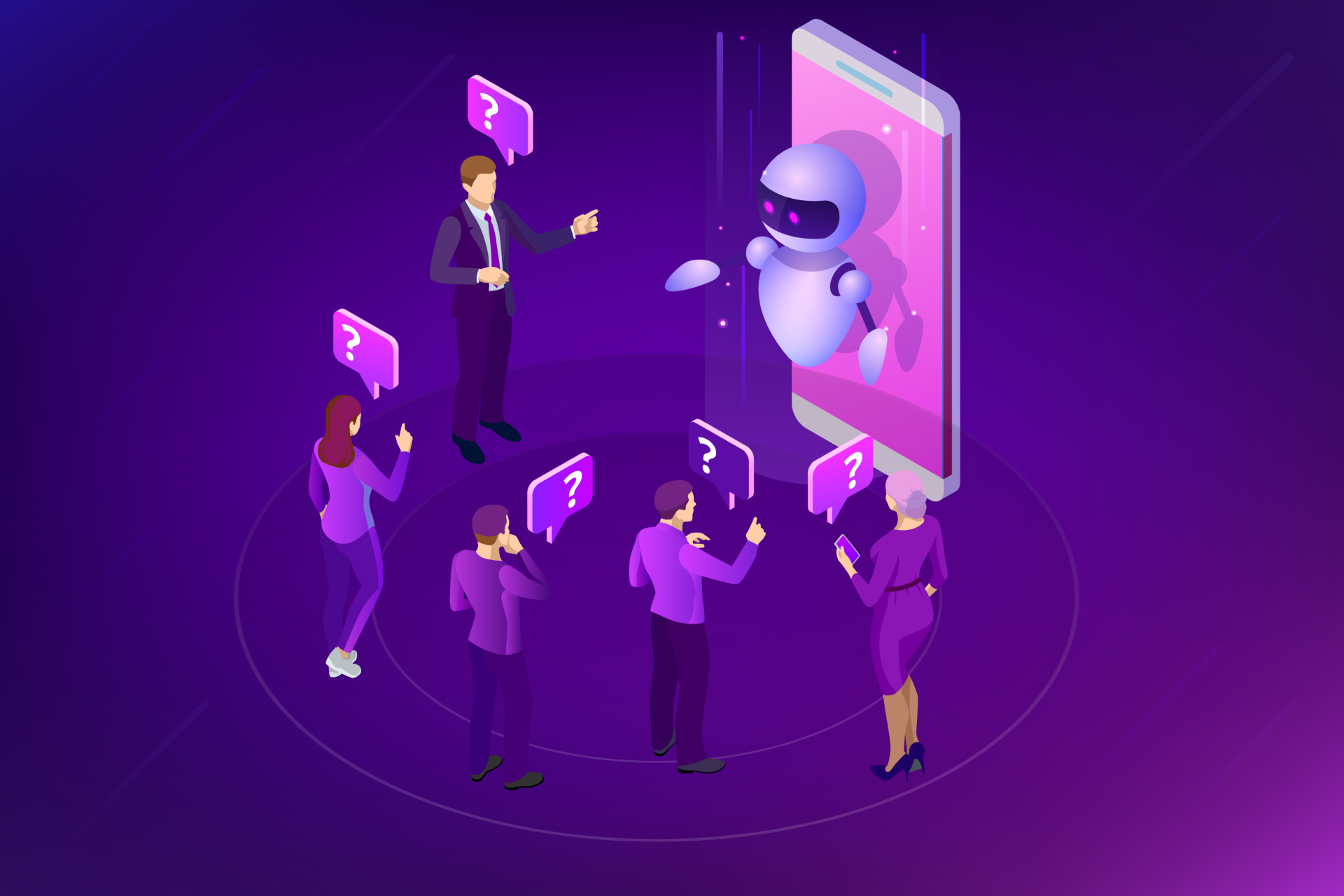How AI and Data Annotation Help Providing Excellent Customer Service
Excellent customer service is vital to the long-term success of any business. Yet, millions of people around the world are frustrated daily as call center agents keep customers on hold for long periods, are oblivious to a customer’s distress, or are unable to provide accurate information. Meanwhile, agents themselves are frustrated with their labor-intensive, repetitive jobs, resulting in a high turnover rate, and requiring businesses to spend more money to recruit and train new agents. All in all, it’s not a good recipe for business success. Artificial intelligence (AI) in call centers is changing all that. Let’s take a closer look at how.
In customer service, AI is used to improve the customer experience and create deep interactions with your contact base. Properly implemented, it can greatly affect the quality of your team’s communication with customers and their service. In this article, let’s take a look at some of the ways AI can be brought directly into customer service departments.

AI Chatbots
There are a number of reasons why phone support is one of the most important channels for introducing AI features. It is much easier to read a message than to analyze a phone call. This is because phone calls have background noise, abrupt tone changes, and verbal errors that can confuse machine learning. However, some AI tools have found a way to remove these hurdles. The Google Speech API speech recognition technology has made it possible to create a tool – voice bots that can replace an entire call center.
Having come to replace IVR technology (where a robotic voice asked questions about the service received by the client, and it was necessary to evaluate the company’s work from 0 to 10 by pressing a button on the phone’s keyboard), voice bots recognize subscribers’ answers and respond to them with replicas prepared and recorded by announcers so realistic that most subscribers do not realize that they are communicating with a robot, not a person.
The voice bot is not perfect. Nevertheless, it is a great tool to quickly get detailed feedback from thousands of customers and instantly respond to those who are dissatisfied with the service or have additional questions.
Sentiment Analysis
In a perfect world, chatbots would be able to detect the emotions behind the customer’s messages and decide if the conversation is going well or not. If not, they would generate personalized responses based on their assessment of the situation.
The good news is that we are not that far from that reality. Today, many chatbots are equipped with sentiment analysis tools, to help them interpret customer responses. This tool helps the chatbot choose the right answer for certain behavior of the buyer so that the chatbot does not increase the negative emotions of the client when helping them.
Sentiment analysis also helps a lot when writing emails. The popular tool, Grammarly, analyzes your text and lets you know how your writing might be perceived by your audience. It uses emotion to let you know if your writing is upbeat, friendly, or professional.
How are Such AI Tools Trained?
As you can imagine, large training datasets are needed to train such advanced AI systems, but these data sets need to be prepared with the right data annotation methods. For example, let’s explore the sentiment analysis feature mentioned earlier. Traditional sentiment analysis is the process of classifying a piece of text as positive, negative, or neutral as a singular sentiment. This works to broadly understand if users are satisfied or unsatisfied with a particular experience.
To better understand the way sentiment analysis works, let’s explore the image below:

So here we have several data annotation methods. First of all, we have source entity recognition which is annotating entities, in this case, pancakes and service. We also have the target entity and, finally, the relationship between these entities i.e. the sentiment. All of this would need to be done by human data annotators, with a high level of quality, for the system to accurately understand the sentiments.
Trust Mindy Support With All of Your Data Annotation Needs
Since performing various types of data annotation in-house can be very tedious, time-consuming, and expensive, consider outsourcing such work to Mindy Support. We are one of the leading European vendors for data annotation and business process outsourcing, trusted by several Fortune 500 and GAFAM companies, as well as innovative startups. With 9 years of experience under our belt and 10 locations in Cyprus, Poland, Ukraine, and other geographies globally, Mindy Support’s team now stands strong with 2000+ professionals helping companies with their most advanced data annotation challenges. Contact us today to learn more about how we can help you.





